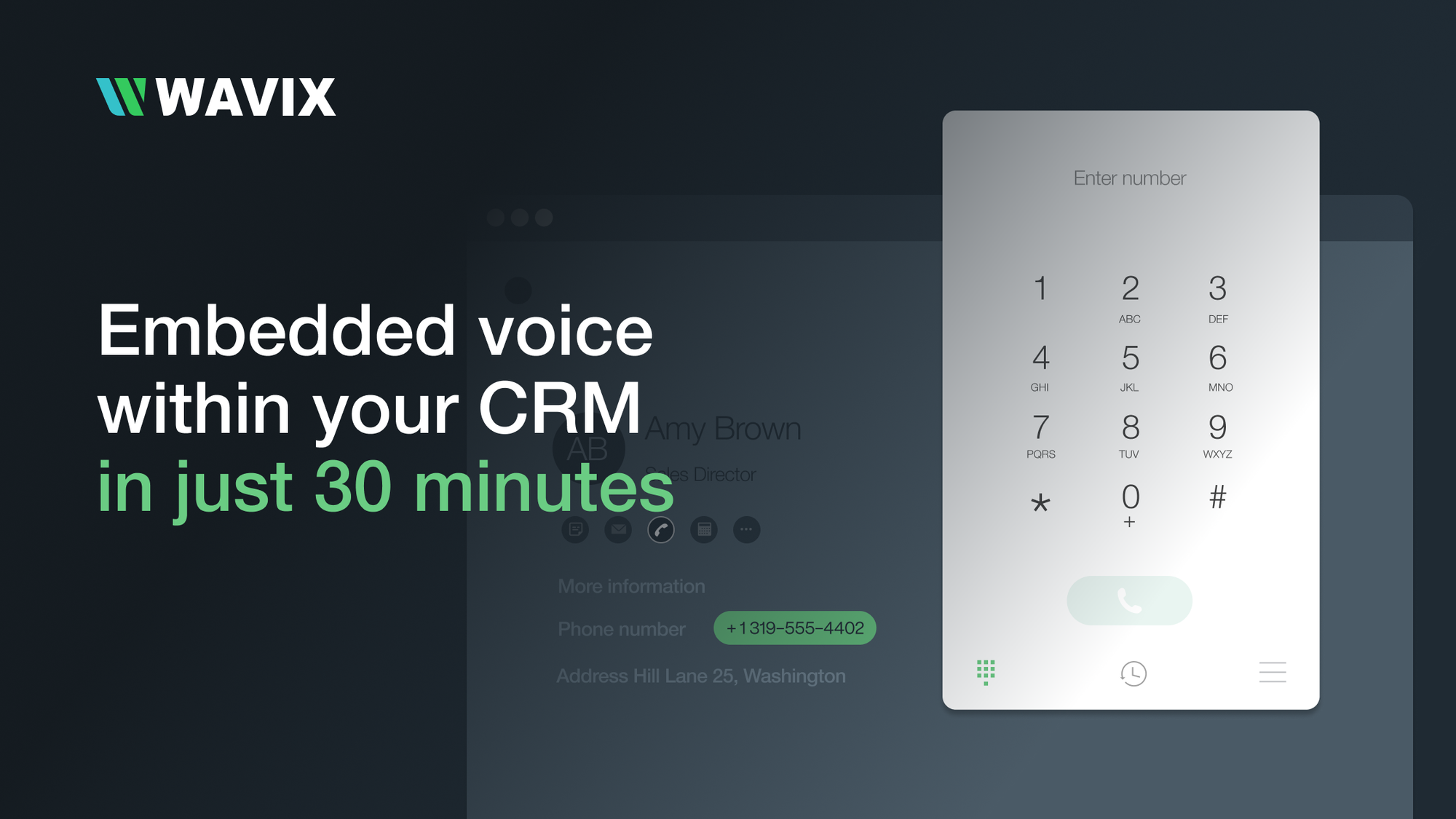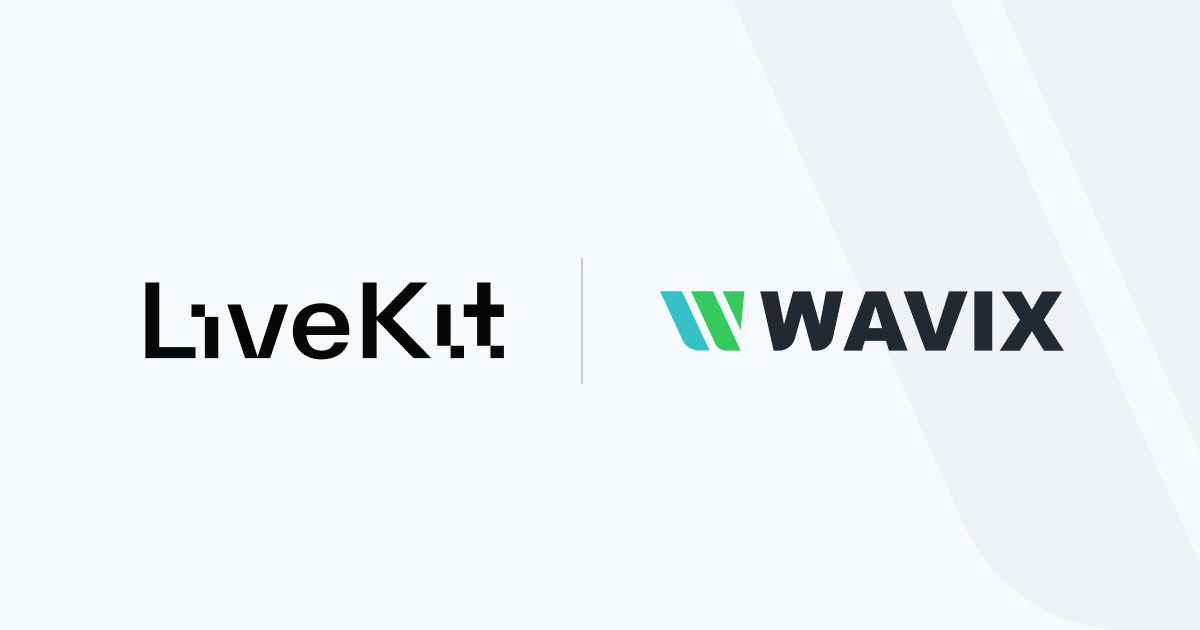When building voice AI, teams often focus on selecting the perfect LLM or the most natural-sounding voice. Yet, the metric that truly defines the user experience is latency, or how quickly the AI can respond in a conversation. Even the best voice or model feels robotic if the response takes too long.
In practice, teams consistently struggle to keep AI response times under 500 milliseconds. Anything slower breaks the natural rhythm of conversation. The real bottleneck isn’t the model or the text-to-speech engine; it's getting phone call audio to your AI stack and back fast enough to maintain conversational flow. That's where infrastructure makes or breaks the experience.
That’s where Wavix Call Media Streaming comes in. We designed it to provide real-time, bidirectional WebSocket streaming of call audio, engineered for low latency and natural conversational flow. With it, AI can listen and respond almost instantly, making interactions feel human rather than robotic.
Overview of the practical benefits
The system follows a four-point media architecture (App → API → Media Gateway → PSTN) to keep latency low and the audio pipeline transparent, optimized for sub-500ms interaction.
- Bidirectional streaming for natural conversation: We built real-time WebSocket streaming that moves audio both ways simultaneously. Your AI can listen while speaking, enabling natural overlap and flow—just like humans do.
- Multiple parallel streams for production needs: Once your number is configured, starting a stream requires one API call. Audio arrives in real time as base64-encoded chunks that your AI can process with sub-100ms round-trip latency.
- Built for the tools you're already using: We made sure Wavix Call Media Streaming works smoothly with the modern voice AI stack:
- Stream to services like Deepgram or AssemblyAI for real-time transcription
- Connect to ChatGPT, Claude, or Gemini for conversation intelligence
- Integrate with ElevenLabs, Google TTS, or other Text-to-Speech services
- Build custom pipelines with your own models and processing
- The architecture is flexible: deploy in the cloud for maximum speed, run models on-premises for compliance, or use a hybrid approach. We handle the telephony complexity, so you can focus on building great voice AI experiences.
Who it’s for
Wavix Call Media Streaming is built for teams creating:
- AI-powered customer service agents
- Appointment scheduling and booking systems
- AI receptionists and phone assistants
- Healthcare, finance, and enterprise voice interfaces
- Any voice AI that must feel fast, natural, and interruption-friendly
Once you know who this platform is designed for, the next question is how easily it fits into your existing workflow.
Simple integration, powerful control
After configuring your phone number to receive call events, starting a stream takes a single API call:
POST https://api.wavix.com/v1/call/{call_id}/streams
{
"stream_channel": "inbound",
"stream_type": "twoway",
"stream_url": "wss://your-server.com/media"
}
Your WebSocket server receives real-time audio chunks as base64-encoded data, processes them with your AI stack, and streams responses back with latency measured in tens of milliseconds.
Precise timing control with mark and clear events
We added two WebSocket event types that give you precise timing control:
Mark events: After sending audio to play in the call, send a mark event to track when it finishes:
{
"event": "mark",
"stream_id": "stream456",
"mark": {
"name": "response_complete"
}
}Wavix sends it back with full details when that audio finishes playing:
{
"event": "mark",
"event_time": "2025-10-15T14:32:10Z",
"call_id": "abc123",
"stream_id": "stream456",
"sequence_number": "42",
"mark": {
"name": "response_complete"
}
}
Now you know exactly when the AI has finished speaking and users can respond.
Clear events: When your voice activity detection identifies that a user started speaking while the AI is talking, send a clear event:
{
"event": "clear",
"stream_id": "stream456"
}
Wavix immediately stops playback and clears any buffered audio within 50-100 ms. This is how you build natural barge-in functionality that feels responsive, not frustrating.
Start building today
Ready to build voice AI that doesn't feel like a robot? Visit our documentation for technical details and integration guides, or sign up for Wavix to start building today.
Have questions about Wavix Call Media Streaming? We're here to help you build the voice AI experience your users deserve.



